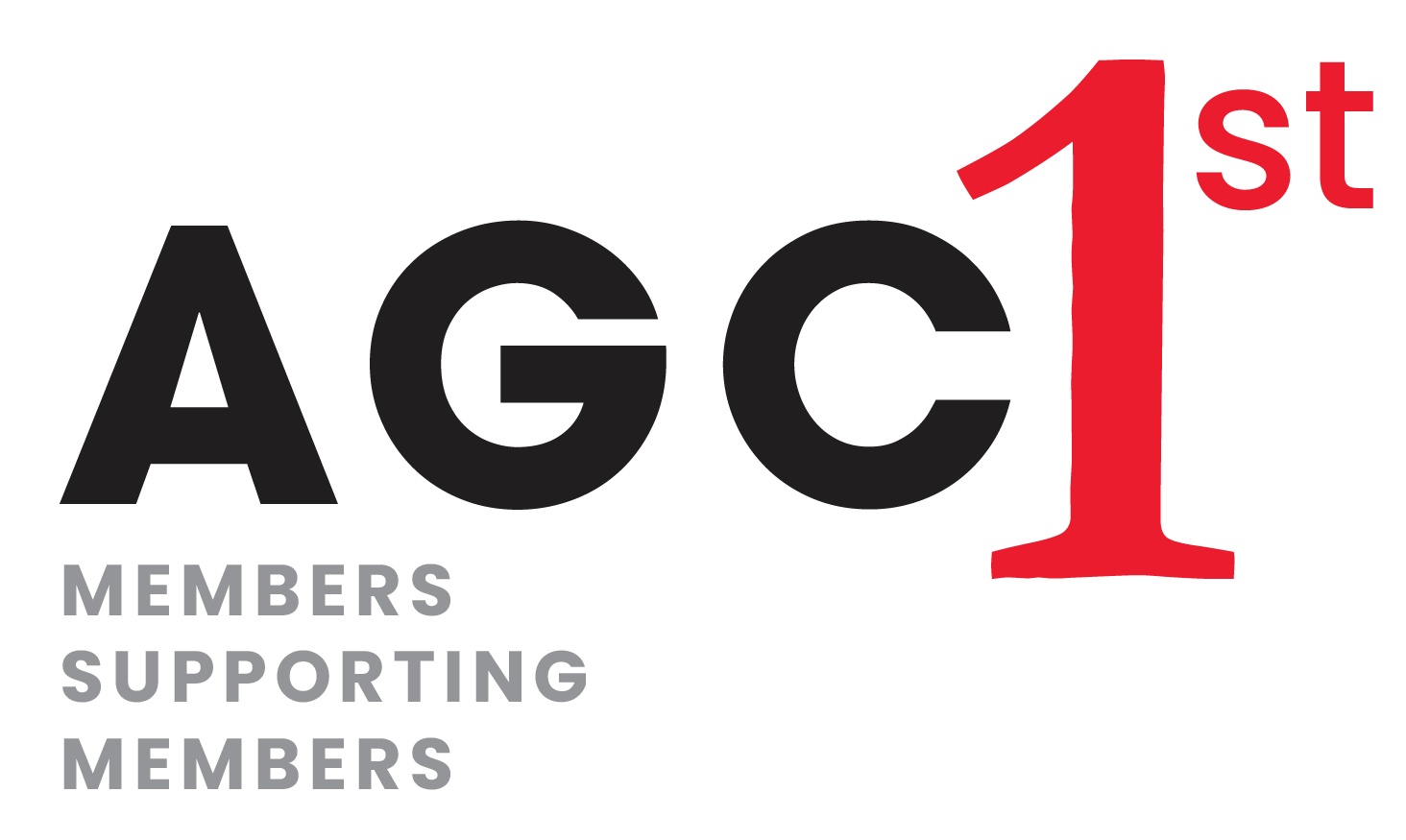Avoiding Lawsuits with Better Communication
By Steven C. Fultz, P.E., Principal Engineer, Special Inspections & Design
Construction is a great career until someone gets hurt or sued. Construction professionals provide daily jobsite safety training, but they may not receive training in the business practices needed to avoid lawsuit. While the classroom teaches math, physics, and chemistry, loss prevention and risk mitigation skills rarely are taught to construction personnel. Communication errors are often at the center of a dispute, and, if not handled properly, a claim (lawsuit) against your company. In this article, we lend several ideas as to how better communication can boost client relationships, lower your company’s risk, and avoid disputes.
Important definitions to understand include:
Risk (in terms of construction) – Any factor, event, or influence that threatens the successful completion of a project in terms of time, cost, or quality.
Risk Mitigation – A risk response strategy where the project team acts to decrease the probability of an occurrence or impact of a threat.
Loss Prevention – Business practices used to lower your business’ exposure to loss from an incident, error, or accident. Loss can be personal injury, property damage, time delays and wasted money. Effective loss prevention lowers the company’s exposure to risk. Also, loss prevention promotes worker efficiency, worker satisfaction, business goodwill, and profitability.
Limit of Liability – Maximum amount of money your insurer is on the hook for if a claim arises.
The Importance of Communication
Effective verbal and written communication are essential elements in any successful project. You may wish to work alone - but that will not happen. You must interact daily with diverse personalities. Ease of communication does not come naturally for everyone. We often think we completely understand the other person when in reality we do not. Words and phrases are interpreted depending on his/her background and subject knowledge. Often times, not enough information is conveyed. As a result, we assume the missing facts, which could lead to an error or delay.
Modes for exchanging information ranks high to low with:
Face-to-Face (most information transferred, and friendships are built)
Telephone call (use a call log to document discussion)
Email (gives permanent record but the sender could be a robot)
Text (the short cut of communication, easily deleted)
Do not assume effective communication is the other person’s responsibility. Be proactive by sharpening your communication skills by improving your listening skills, writing clearer, and practicing being an effective public speaker.
Mitigating Claims (Lawsuits)
An airplane pilot’s plan when a mid-air situation occurs is
1. Maintain control 2. Access the problem 3. Make corrections.
Use this analogy in your business practices. Have a plan. Forecast what problems may occur and act swiftly to mitigate/minimize the loss. Unresolved small problems create antagonisms between parties, and mistrust begins. The longer the resolution of a problem is put off, the more expensive it is to correct. Communicate with relevant parties and document what was said.
Avoid Disputes by Building Relationships
Know your client. It is easier to resolve a problem with people you know and trust. Bonds of loyalty and cooperation built up over time do not dissolve during a crisis. Be selective when choosing who you work for. Does the client have a history of claims and litigation? Is sufficient funding available? Will selection be based on qualifications or on price alone? Is a good contractual relationship possible or is the client rigid and uncompromising? Know these things before you accept the project. Repeat clients provide vast benefits, less claims, and more profit.
The Lost Art of Writing Skills
Construction personnel need to know how to write effectively. Reports/documents should be emailed in pdf format; never send Word or Excel documents of any consequence. Also note, hand delivering a neatly done report will impress your client and most-likely bring return business.
Proposals, contracts, and reports should be reviewed by at least one other individual, with special attention given to claims, opinions, and suggestions. Send the document to your legal counsel for review if you think the client may find it controversial. Never use “extreme” words such as “all, best, highest, every…” Avoid words of promise like guarantee, warrant, certify, assure, and ensure. These words and many more are tagged as Red Flag Words and are susceptible to misinterpretation and are difficult to explain to a contractor (or, worse, a jury!).
If your company does not already have a formalized internal review protocol, you should establish one. Well written accurate documents are good defense against a claim naming your firm.
Contracts
Have a fair business contract ready to attach to your proposals. The client signing “your” terms is in your best interest, so send them yours first. Big companies often will override a smaller firm and push the smaller firm to sign their contract terms. Carefully review all contracts. Seek professional assistance from your insurer until you feel confident you understand contract jargon. Search for onerous clauses with extreme words such as “highest quality work” or “best workmanship.” These terms are undefinable and unattainable. Strike out “the highest” and write in “at or above industry standard,” then initial next to the strikeout and return to sender. Do not agree to assuming risk you cannot control by signing an unfair contract.
Conclusions
To compete in today’s market and avoid claims, construction professionals must master business and risk management skills as well as maintain technical competency. Technical knowledge and loss prevention skills are of equal importance. Make loss prevention and risk management a way of practicing our profession, not two separate practices.
Contact: Steven C. Fults, P.E., Principal Engineer
Special Inspections & Design www.SIDengineers.com
